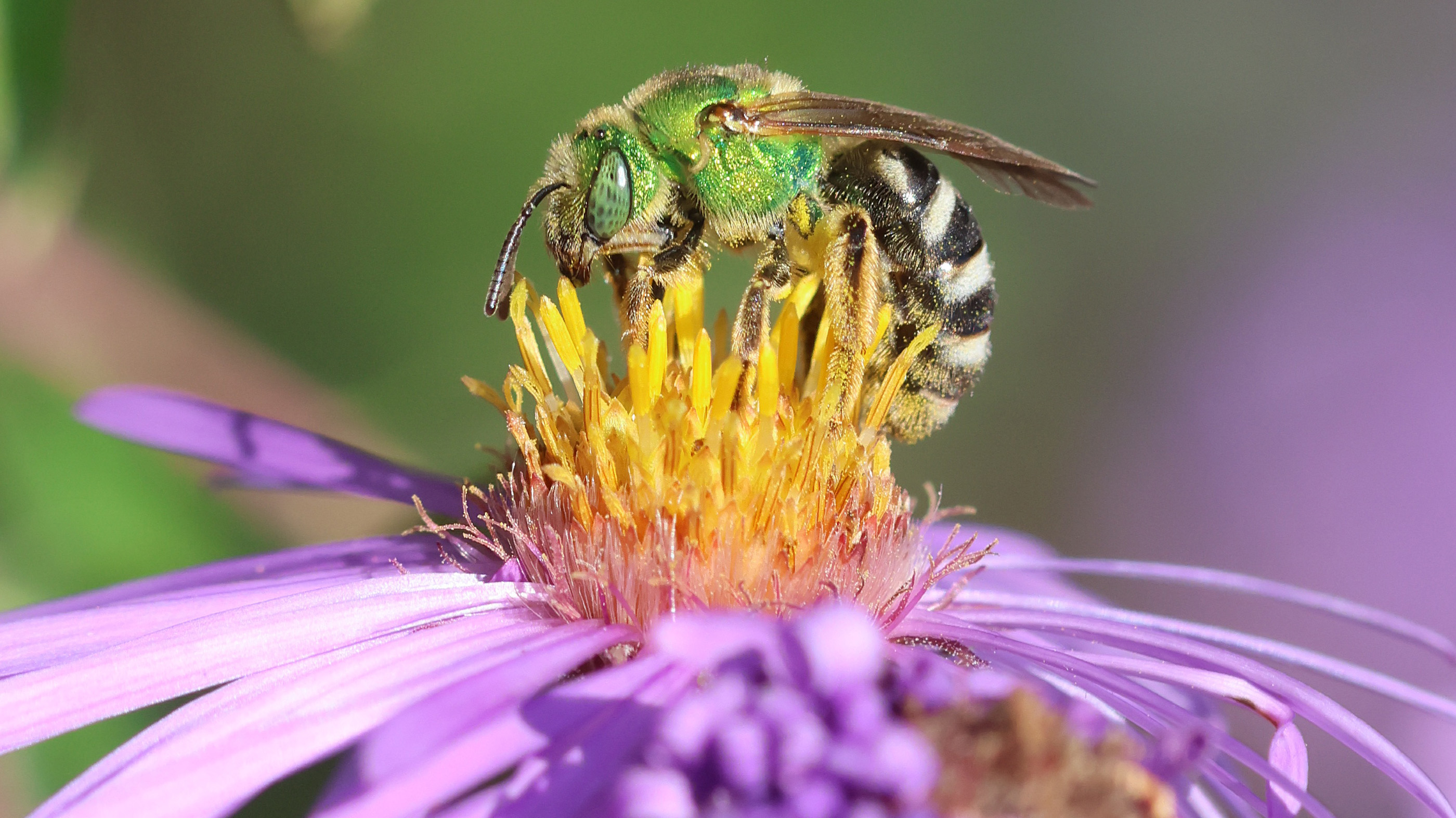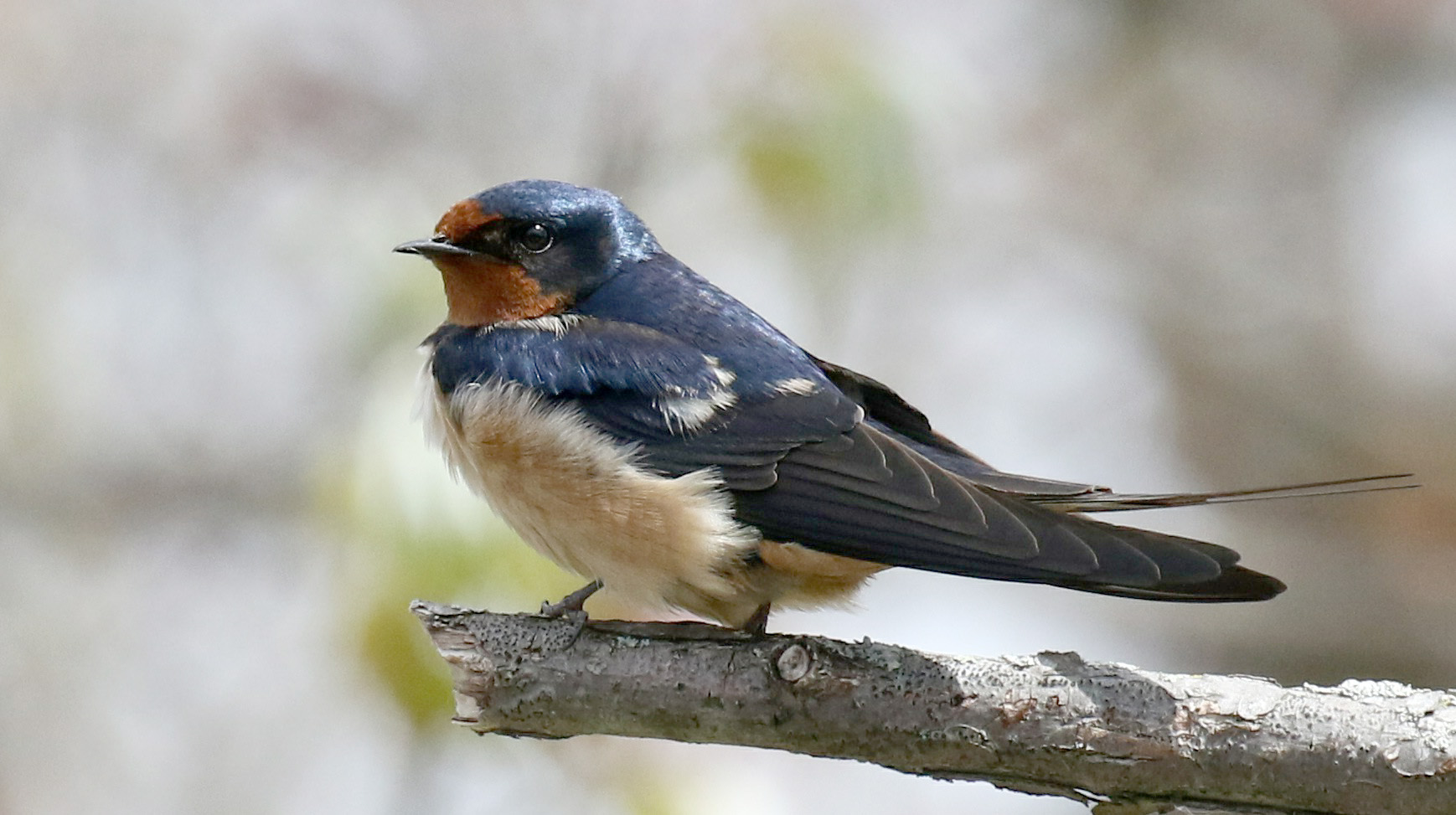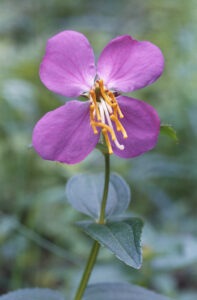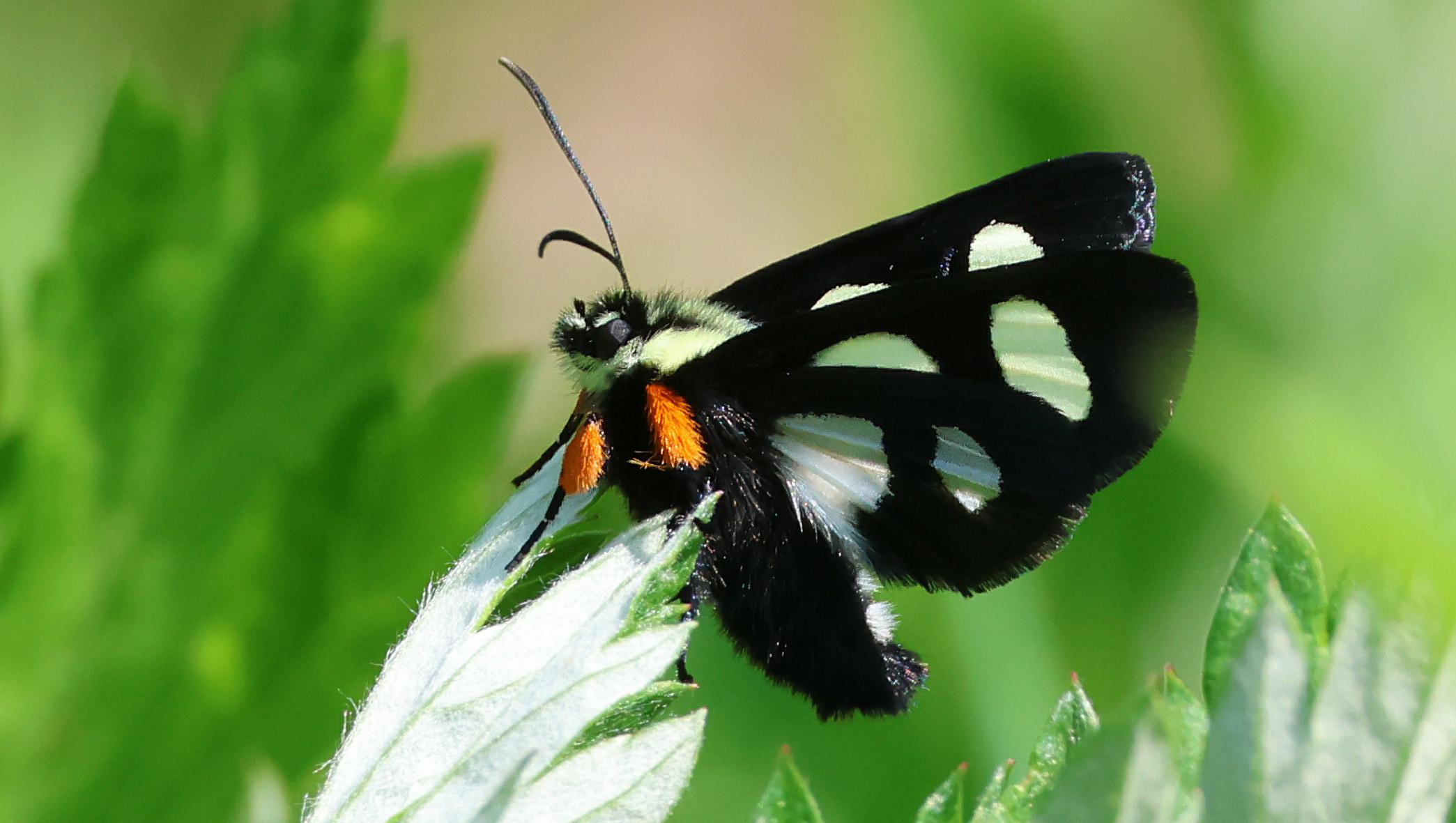
The January 6-7 snowstorm probably reassured anyone remembering the poet’s famous question, “Where are the snows of yesteryear?” (Francois Villon, 1489). Yet the quick warm-up after that storm still suggests that this winter might be like a typical New Jersey or Virginia winter, and that our local ponds might not freeze enough for ice fishing or ice skating.
We’ll see. As you wait, recall plants, animals, and fungi from last year’s Nature Notes by taking WCLT’s 2023 Nature Notes Quiz. And take the opportunity to think about what the future might hold for them and their habitats in a changing world. Check your answers in the answer key and follow the links to the articles.
Match these descriptions with names in the list that follows:
- The source of a powerful antibiotic, I live in the soil – and maybe also in your refrigerator.
- I swallow flying insects on the wing, so I might not do well with less food if insect numbers continue to decline.
- I’m a showy wetland plant that doesn’t appear when marsh or shoreline water levels in summer are too low in droughts or too high due to excessive rain.
- We’re tiny pollinators with a color that may surprise you. We’re threatened by the same changes that threaten many other pollinators.
- Don’t call a human by my name unless you want to risk insulting that person. I don’t always migrate these days, possibly due to a warming climate.
- You might mistake me for a butterfly. Widespread use of pesticides is not good for me and others like me.
- My relatives include local native skunk cabbage (Symplocarpus foetidus) and local jack-in-the-pulpit (Arisaema triphyllum), as well as popular tropical houseplants. I myself live in a greenhouse.
- You might mistake one or the other of us for a hummingbird or a giant bumblebee.
- Look for me this spring! A common tiny wildflower in lawns, fields, and roadsides, I might be the first wildflower of spring you see (instead of skunk cabbage, pussy willow, or coltsfoot). Spring may come earlier these days.
- After being almost totally wiped out of North America’s forests due to a fungal blight, I might yet make a comeback if promising research involving the addition of a new gene works out.

Possible names:
American chestnut (Castanea dentata)
barn swallow (Hirundo rustica)
corpse flower (Titan arum, Amorphophallus titanum)
eight-spotted forester (Alypia octomaculata)
green bees (Augochlora species, Agapostemon species)

hummingbird clearwing moth (Hemaris thysbe) & snowberry clearwing moth (Hemaris diffinis)
Penicillium mold (Penicillium species)
Virginia meadow-beauty or deer grass (Rhexis virginica)
whitlow grass (Draba verna)
yellow-bellied sapsucker (Sphyrapicus varius)
Nature Notes Answer Key
Here are the answers to the Nature Notes quiz. You can check out past Nature Notes columns on the WCLT website at https://westboroughlandtrust.org/nn/nnindex#Index or on the Community Advocate website using the links below.
- Penicilliummold (Penicillium species)
“In the fridge” February 10, 2023
https://www.communityadvocate.com/2023/03/29/nature-notes-in-the-fridge/
- barn swallow (Hirundo rustica)
“Barn swallows are back” May 21, 2023
https://www.communityadvocate.com/2023/06/08/nature-notes-barn-swallows-are-back/
- Virginia meadow-beauty or deer grass (Rhexis virginica)
“Look for local late-summer beauties” September 10. 2023
https://www.communityadvocate.com/2023/09/29/nature-notes-look-for-local-late-summer-beauties/
- green bees (Augochloraspecies, Agapostemon species)
“Green bees” October 14, 2023
https://www.communityadvocate.com/2023/10/31/nature-notes-green-bees/
- yellow-bellied sapsucker (Sphyrapicus varius)
“A sign of spring: sapsuckers” March 9, 2023
https://www.communityadvocate.com/2023/03/22/nature-notes-a-sign-of-spring-sapsuckers/
- eight-spotted forester (Alypia octomaculata)
“Notice local day-flying moths” July 25, 2023
https://www.communityadvocate.com/2023/07/31/nature-notes-noticing-local-day-flying-moths/
- corpse flower (Titan arum, Amorphophallus titanum)
“Corpse flower and local relatives” August 15, 2023
https://www.communityadvocate.com/2023/08/23/nature-notes-corpse-flower-local-relatives/
- hummingbird clearwing moth (Hemaris thysbe) & snowberry clearwing moth (Hemaris diffinis)
“Notice local day-flying moths” July 25, 2023

- whitlow grass (Draba verna)
“Look for the first wildflower of spring – a new one” April 5, 2023
- American chestnut (Castanea dentata)
“American Chestnut update” June 25, 2023
https://www.communityadvocate.com/2023/07/11/nature-notes-american-chestnut-update/
To find out what nature offers in the winter months, browse the articles listed in WCLT’s online monthly Nature Notes index for December, January and February.
Do you know that Westborough has 60 miles of trails, and WCLT has trail maps? The Westborough Community Land Trust (WCLT) preserves, protects, and promotes open space in Westborough (westboroughlandtrust.org and facebook.com/westboroughlandtrust).
















